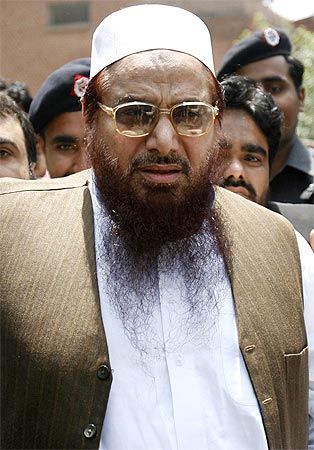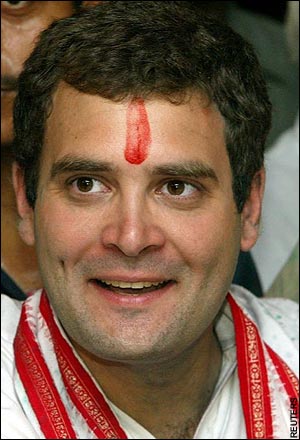
Jamaat-ud Dawa (JuD) chief Hafiz Muhammad Saeed has moved the Lahore High Court seeking direction for the Pakistan government to defend him, ISI chiefs and others before a US court, which has issued summons to them in connection with the 2008 Mumbai terror attacks.
Saeed, his operational commander Zaki-ur-Rehman Lakhvi, DG ISI Lt Gen Ahmed Shuja Pasha, his predecessor Lt Gen (r) Nadeem Taj, Major Ali and Major Iqbal are among those who have been summoned for appearing before the court in a case filed by an injured US citizen and the heirs of four others, who were killed in the terror strike on November 26, 2008.
Petitioner's counsel AK Dogar stated that Rabbi Gavriel Noah Holtzberg and his wife Rivka were killed in a terrorist attack at the Chhabad House in Mumbai, and their son, Moshe, who survived the attack, along with other people, had moved a US court against his client Saeed and others.
He said the complainant accused them of providing material support for the Mumbai terror attacks and demanded damages. Dogar stated that Hafiz Saeed was the head of the Jamaatud Dawa, which was a charity organisation and had no links with the Lashkar-e-Taiba (LeT).
The Pakistan government had detained him in 2009, and a full bench of the LHC had ordered his release, Dogar added.
Noting that on December 31, the Pakistan government had announced to defend ISI head Lt Gen Pasha, he maintained that Saeed was also a Pakistani, and had the same rights as any other citizen of the country.
In response to the summons, a reply had already been sent to the US court, rejecting the jurisdiction of American courts, as international law did not allow an exercise of jurisdiction over any person and property of other states, he added.



